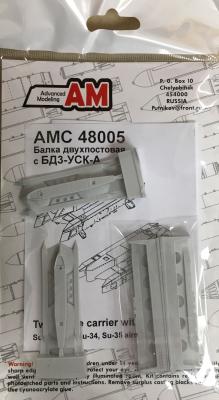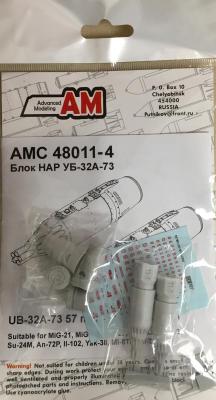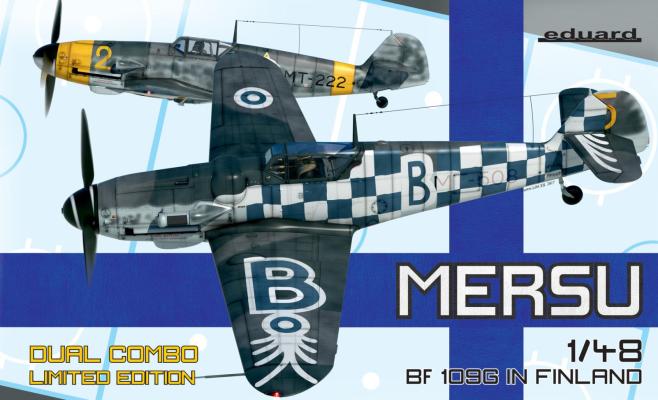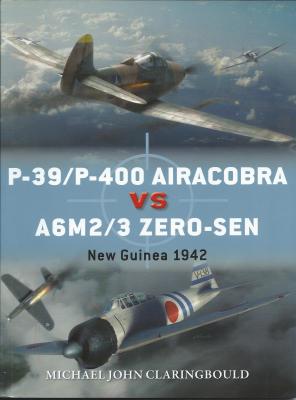Amigo Models, and their separate product line of Advanced Modeling are producing some of the finest Russian accessories available.
The latest for this reviewer is the Twin Stores Carrier with BD3-USK for the Su-34 and Su-35 series of aircraft. The rack itself is designed to be used with either rocket launchers or bombs. This makes for a versatile underwing stores carrier.
The set comes in a resealable package with cardstock backing. The instructions are glued to that card stock. They are printed in black and white. Languages are in English and Russian, but the pictures are easy to understand and shows what needs to be done very clearly.















